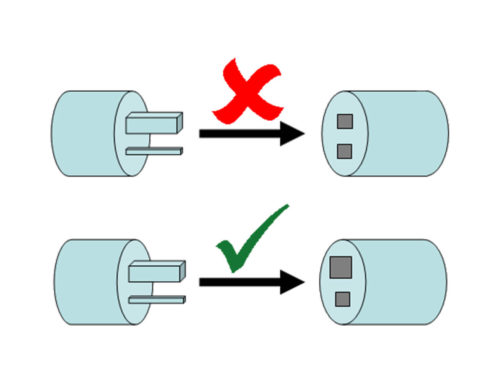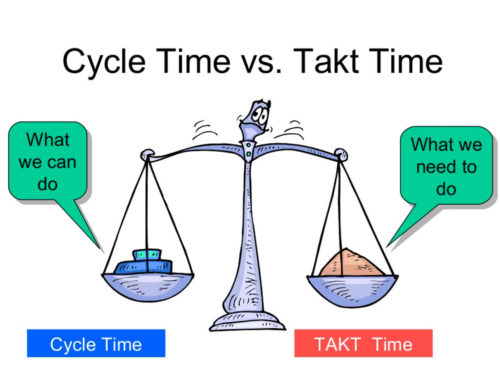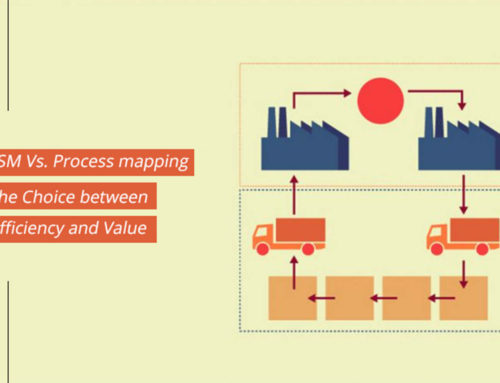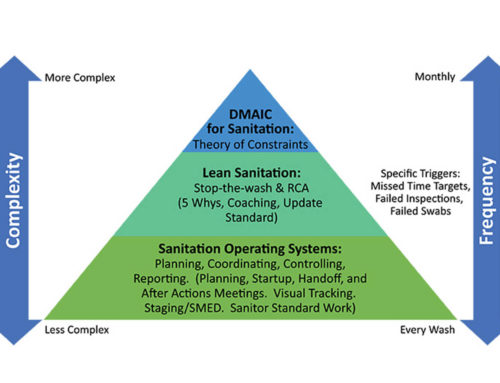In many food factories, ceilings are mostly neglected part of the construction, but it shouldn’t be. It has the same importance as walls. If a food facility fails to install proper ceilings, it causes condensation issues that impact the coats and paints. In addition to that, it can damage the product quality and safety by overhead contamination. Therefore, adequate attention must be given to the design of the ceilings.
This article focuses on the requirements for ceiling design and its importance to ensure safe food production.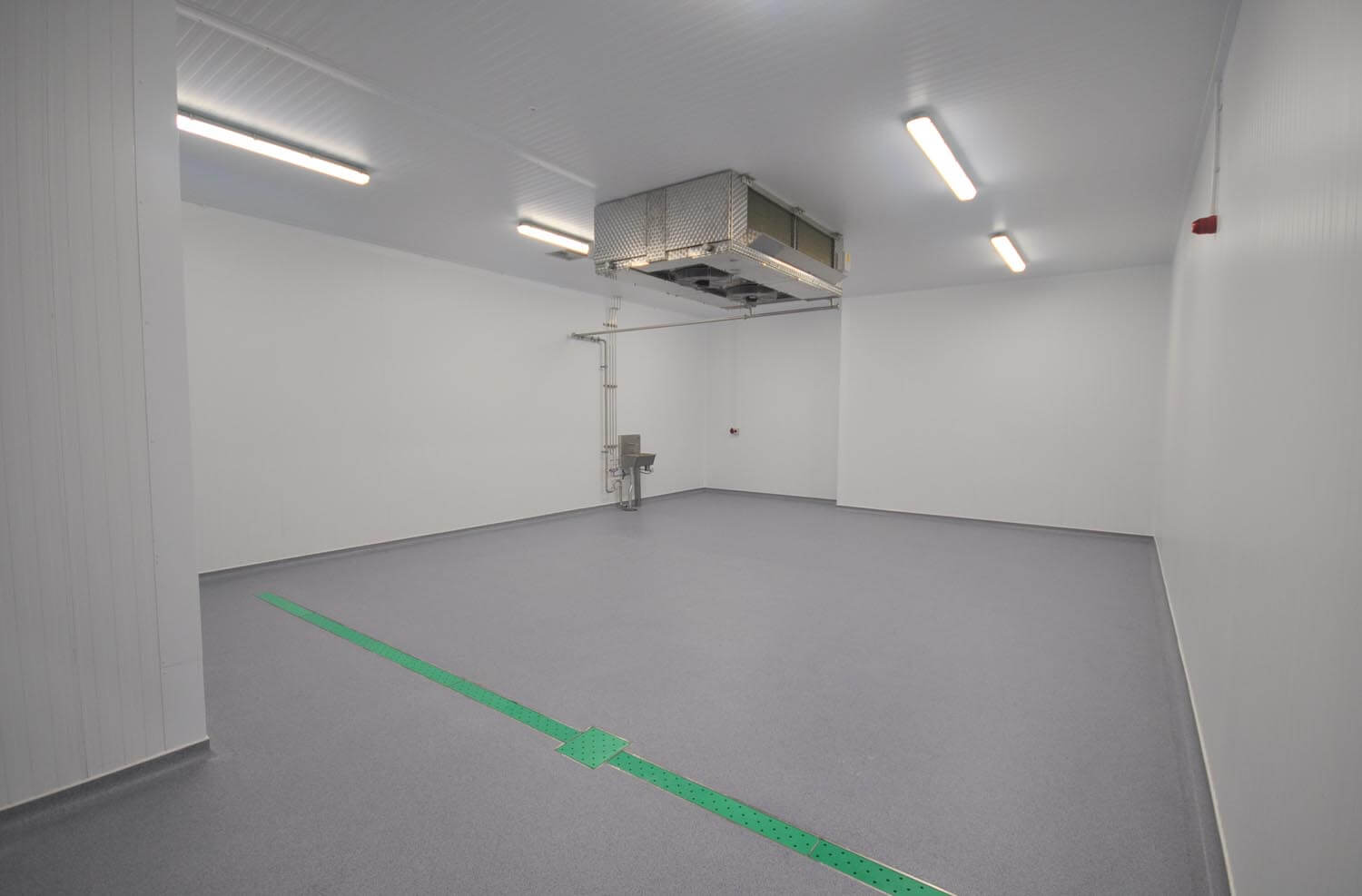
Requirements for ceilings:
The design of ceilings must fulfill these requirements;
- The ceilings must be light in color, adequately coated and sealed with impermeable sealant.
- Easy to clean and maintain.
- Resist the growth of microorganisms, i.e., Fungal and mold growth (addition of fungicide in paints can help in the case).
- Dense, anti-corrosive, dustproof and durable, repels water, non-absorbent, and washable.
- It must be installed at the height of 3m to prevent condensation.
- Proper sealing of False ceilings with a flush seal is essential.
- Catwalks must be provided to ceilings where essential; it helps in cleaning and maintenance.
- Lighting services must allow the change of electric bulbs from the false ceilings
- Suspended ceilings are not recommended in food processing areas as they might contribute to product contamination.
Materials for Ceiling Construction:
Some materials are considered to be acceptable and preferable for ceilings construction in a food factory.
The acceptable materials are
- Concrete: Concrete materialized ceilings are the best ones for a food facility because of cleanability, durability, and, last but not least, due to its minimal to zero maintenance requirements. The preferable construction is slab exposed to a double tee beam rather than I-Beam to avoid any protrusions or ledges. Caulking with joints is a must along with a smooth and finish coat.
Unacceptable materials are
- Wood ceilings: Wood has porosity, which makes it hard to maintain and clean, so wood ceilings in the food industry are a big no. If the dust builds up, then there is the potential for overhead product contamination.
- Metal ceilings: Metal built ceilings cause condensation problems. Besides, the panel’s joints are hard to clean, so potential contamination chances are there; that’s why not recommended to use metal ceilings
Another type of ceiling is Dropped ceilings/suspended ceilings, it is not material-oriented, but a variety so must be discussed. Suspended False ceilings must be avoided and, if used, must be installed appropriately. Dropped Permanent ceilings which provide walk on the second floor are preferable though they must be concrete made.
Best Finish Coatings for Ceilings
The coatings and paints must be selected according to the standards of ceiling design. The finish must fulfill the requirements of a ceiling design mentioned above.
Let us have a look at recommended paints and coatings for ceilings; the same applies to the walls in the food factory too.
- Coatings materials: The finishing coat must be from emulsion paints, epoxy, chlorinated Rubber, acrylate Rubber, or polyurethane paints.
- Fungicidal paint system for humid areas: In moist food processing areas where condensation occurs, fungicides must be included in the paint system to mitigate the risk of mold growth. But the paints must not be of the type that leach out chemicals within the paint to do the job. It is because many hazards like taint and product contamination are associated with the use of these paints.
Glass fibers based Reinforced liquid paint coatings with epoxy resin are preferable to use as it provides smooth and uniform finish, and resists chemicals.
In a world-class food factory, ceilings must be constructed as per the standards of hygienic factory design to ensure safe food production. If a food production plant sanitary design neglects the importance of the design of ceilings, then the consumer group will suffer, and so the Industry. Each country has specified the standards for design and equipment of food factories that must be followed to create a hygienic environment in a food factory that makes it a world-class food factory.


